
Dear Esther Landmark Edition Review
Dear Esther is a game that I’ve heard a lot about. It’s one of the earlier games I can remember hearing of that were focused entirely on the emotional experience. The game paved the way for some incredible releases such as Gone Home, which explored deeply human topics. Naturally, I was pleased to hear that The Chinese Room’s Dear Esther was headed for PS4 and Xbox One, as I’d finally be able to give the game a shot. Because this is my first time playing Dear Esther, this review will be more about the game on the whole, as opposed to the remaster itself. That said, I am basing this review on the Landmark Edition, which I’ll get into a little later on.
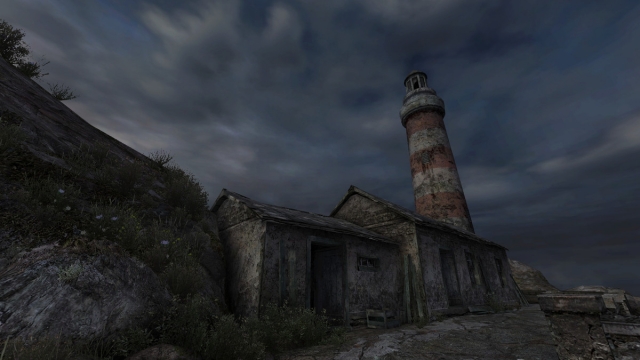
Despite hearing plenty about Dear Esther, I actually went in relatively blind. What I found was an experience that is sometimes cinematic, involving and creepy. At others, it's bland and leaves you wishing for more. This is a game with plenty of fantastic individual elements at play. The visuals and audio are often superb, for instance - it’s that the various elements just don’t gel that well together, and that’s a real shame. The excellent design and ambition deserves a better final product, I believe. You’ve all heard something described as ‘greater than the sum of its parts’. In Dear Esther’s case, it’s fair to say that the game is ‘less than the sum of its parts’.
As I said, this is a review of Dear Esther Landmark Edition, so let’s take a look back at the game’s history. First, it was released as a free to play Source Engine game in 2008. Redeveloped completely for a 2012 PC release, Dear Esther then set on its own path, separating from its Half-Life 2 modding background. The game has now been remastered and released for the PS4 and Xbox One on 20th September 2016. If you own Dear Esther already on PC, you’ll get the added features in a free update.
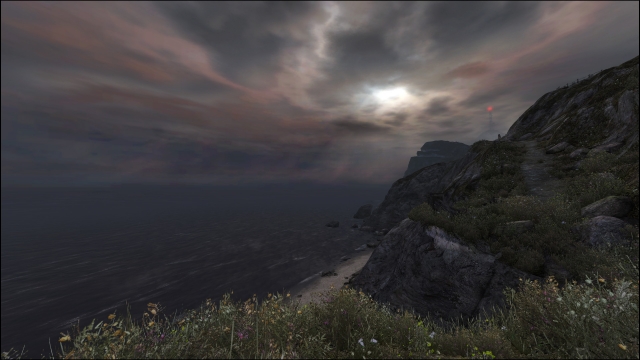
So what actually is new to the Landmark Edition? To start with, the audio has been remastered, and there’s a completely new developer commentary from the great people over at The Chinese Room. In addition, there are some new, important accessibility options, such as larger subtitles, as well as menus and subtitles in additional languages (English, French, German, Spanish and Russian).
While I’m not able to comment on how the remastered audio has improved over the original release due to not playing the older version, the sound effects are instantly immersive, bringing life to the game’s surroundings. Hearing the wind whistle past your ears, for instance, is a large part of how Dear Esther’s world is established.
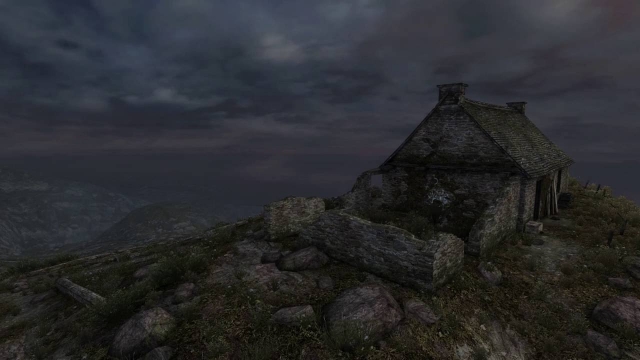
The new developer commentary serves as a fascinating insight into the game’s design, and is ought not to be missed if you’re interested in either Dear Esther, or game design in general. Hearing from the group of people that went from Source Engine modders to a full-blown release is bound to be interesting. In addition, it’s great to see larger subtitles and more subtitle languages implemented in the Landmark Edition. Further accessibility is a wonderful thing for a remaster to focus on.
Now let’s move onto the more interesting aspect of this review - my deeply conflicted view of the game as a whole. Apart from the excellent sound design, the first thing that hits you when entering the world of Dear Esther is its visuals. There’s some beautiful weather effects, such as foliage and sand blowing in the gusts of wind, and textures often look incredibly-well detailed. Unfortunately though, regular low-resolution textures on rocks, buildings and the sky detract from the overall visual experience. That said, the outdated textures aren’t enough to stop Dear Esther’s world being immersive and atmospheric. And even better, the lack of combat and urgency allows you to appreciate the environments in a way that most games do not.
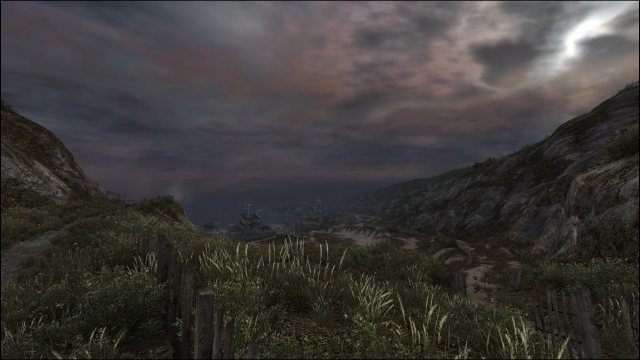
Dear Esther is also notable for having no sort of tutorial when you boot up. The game doesn’t need one. You can walk, look and zoom in. That’s all you need to know. In terms of game mechanics, this is a very simple release, but one that knows exactly what it wants to do - allow you to absorb the experience. This is certainly a game to take your time with instead of rushing through. Focused entirely on the experience, there are no UI elements. With nothing to guide you on your way in this regard, the environments had to be designed well to naturally guide you, which they do. At many points, a flashing red radio mast is visible, acting as the player’s goal to reach. It’s a simple technique, but one that works very well.
All in all, it's an intriguing, well-designed world that I wanted to explore. The caves, by far the best part of the game, are visually incredible. The area sounds and feels alive too, and presents an amazing atmosphere. With such vibrant and inspired colour schemes in this area, it’s a shame that the rest of the game isn’t so interesting to explore. In particular, the large open areas of the island unfortunately feel like a chore to navigate a little too often, thanks to the slow walking speed. While this does give you time to ponder, as the game aims to do, I feel that the slow walking speed actually de-encourages exploration. I found myself choosing not to explore some areas, as I knew how long it would take to make my way back.

While Dear Esther presents an interesting world overall, I wasn’t a fan of the dialogue. While it is designed not to tell you too much, in order for you to come to your own conclusion, I felt more like I wasn’t gaining anything from hearing the dialogue. I feel that the acting is decent, but nothing special, much like the script. I assume that this is more down to my personal taste, as opposed to the writer and actor’s abilities however.
On the other hand, Dear Esther’s soundtrack is also minimalistic, but it is effective. The game includes some wonderful music that fits well with the game’s design and ambition to create an ambiguous experience.
While these elements, like the world and audio are very well-crafted, they unfortunately don’t work very well together to form a compelling piece of fiction. I don't believe a game needs to be exciting, but Dear Esther isn't very engaging or emotive either for the most part. The game starts out very slowly, and really starts to pick up when you reach the caves mid-way through the game. Seriously, that section was just incredible. But just as I see the potential arise for an amazing experience, Dear Esther returns to the somewhat uninteresting nature of the opening.
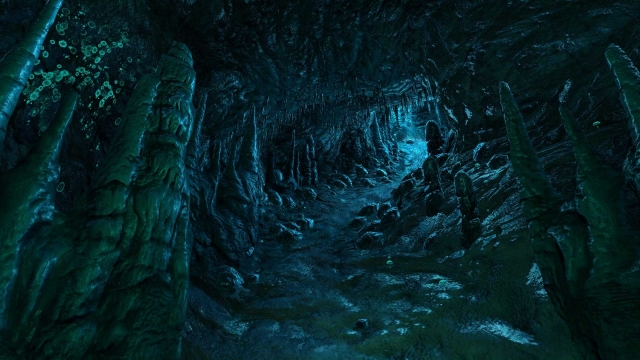
On one hand, Dear Esther achieves what it sets out to do. The game is an ambiguous experience that is sometimes beautiful and dark. It’s a brilliant concept and ambition - I just wish that the various elements of design had gelled together a little better.
It’s an ambiguous tale, but one that I’m not all that interested in looking into. It’s a bleak narrative, but not one that pulled on my heartstrings. It’s a beautiful game, but one held back by low-resolution textures. In a lot of places where Dear Esther begins to excel, it never truly delivers. It’s a respectable game on the whole, and one I almost don't like to criticise, but it just isn't that great as a whole. That said, I am interested in trying the spiritual successor, Everybody’s Gone to the Rapture. Maybe that game can deliver where Dear Esther doesn’t.
Dear Esther (Reviewed on PlayStation 4)
Game is enjoyable, outweighing the issues there may be.
Dear Esther has grand ambitions. On one hand, these were achieved. On the other, Dear Esther never reaches it full potential and results in a game that’s good, not great.







COMMENTS